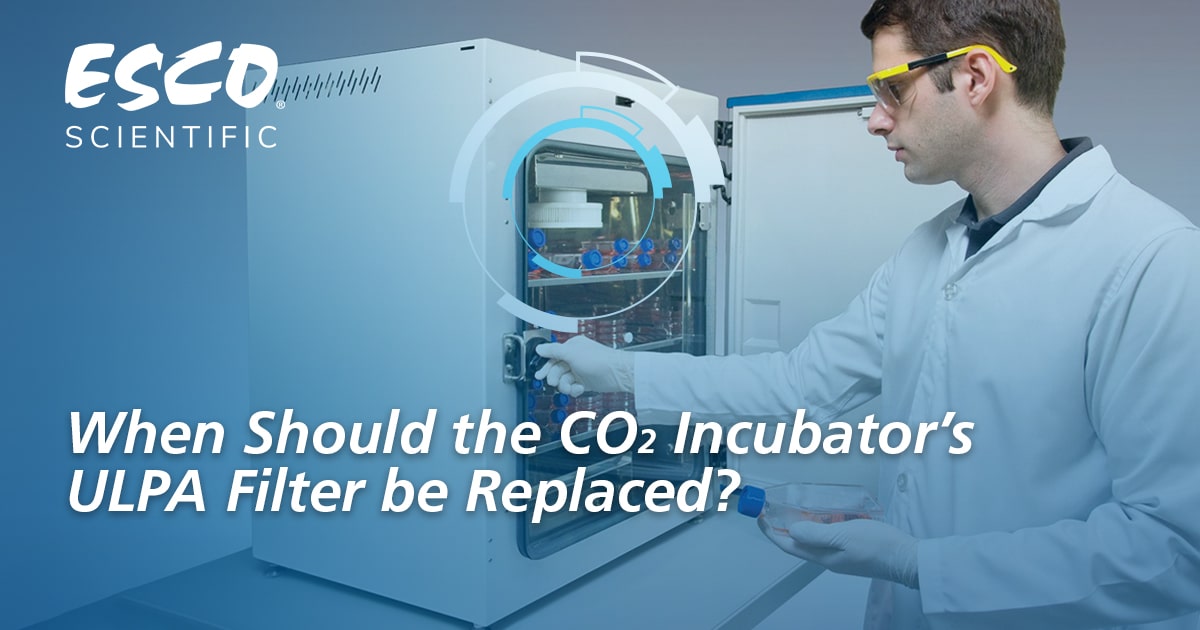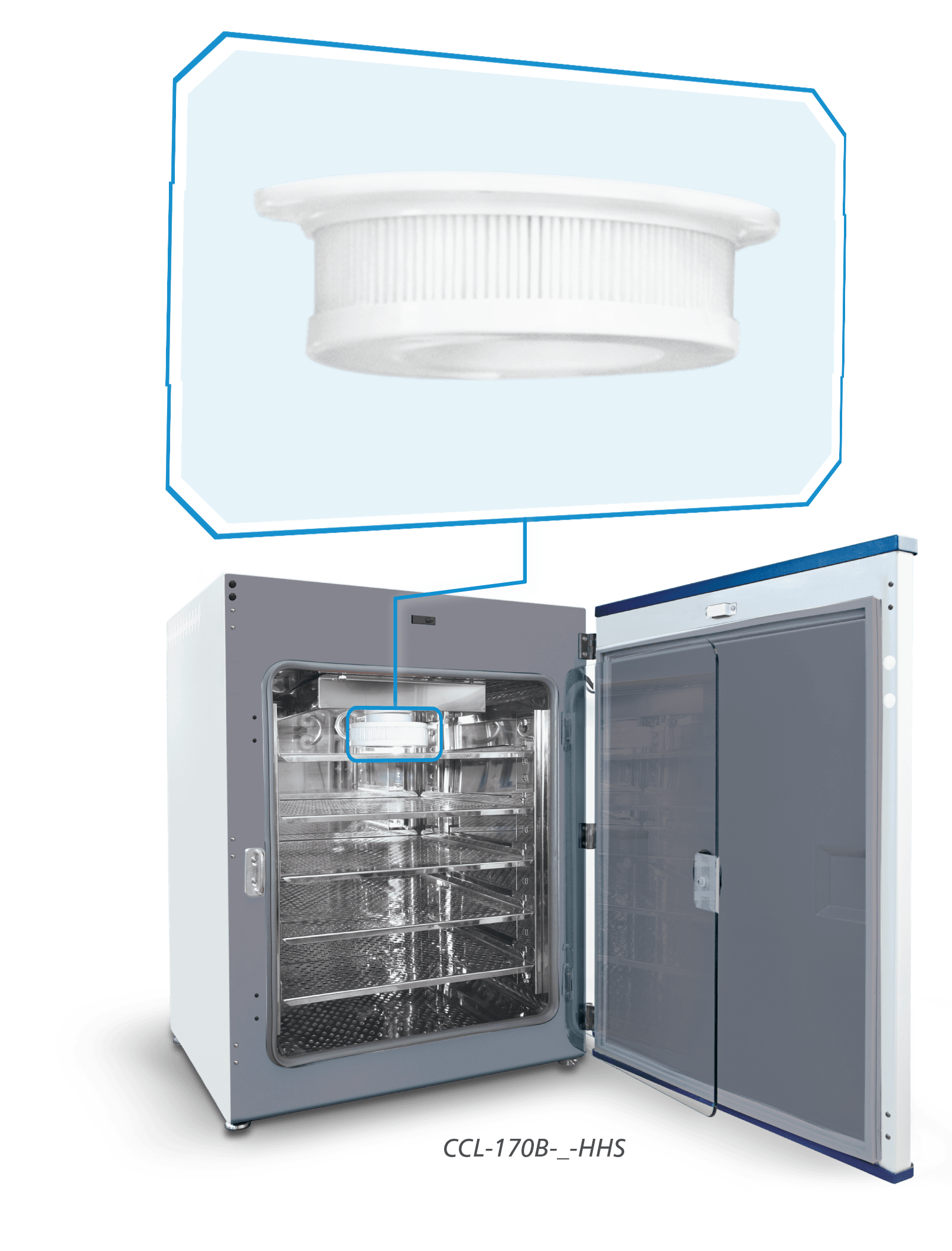When Should the CO₂ Incubator's ULPA Filter be Replaced?

CO2 Incubators support the optimal growth and development of cells by maintaining physical parameters such as temperature, humidity, CO2, and O2 levels. But here's the catch, it does not only provide the perfect conditions to sustain your cultures but also to unwanted contaminants.
Table1. Common contaminants inside the CO₂ Incubator's chamber
| Contaminants | Particle size (μm) in diameter |
|---|---|
| Viruses | 0.005 to 0.3 |
| Bacteria | 0.3 to 60 |
| Fungi | 2 to 10 |
| Molds | 3 to 30 |
| Yeast | 5 to 10 |

ULPA filter ensures that all contaminants from both room air and chamber air are filtered, and only clean air is being recirculated. It removes 99.999% of particles that are 0.1 to 0.2 microns in size or greater. If the filter is not replaced, contaminants can harbor inside the CO2 Incubator chamber that can greatly affect the cell samples. Hence, it is necessary to conduct preventive maintenance and get replacements done. It is highly recommended to change the ULPA filter once a year or when the filter is already loaded to maintain cleanliness within the CO2 Incubator chamber.
Read More: When should the CO2 Incubator’s ULPA Filter be replaced? , CO2 Incubator Services , CO2 Incubator Resources
Watch the video for more information.
References:
[1] Engineering ToolBox. 2005. Particle Sizes. https://www.engineeringtoolbox.com/particle-sizes-d_934.html
[2] Mold vs. Particulate Matter. 2019. Digital Environment. PP2.0 - Handout-Home Inspection_REV1.0. https://digienv.com/lib/frontend/pdf/homeins/mold_vs_pm.pdf
[3] Yeast Fundamentals. 2021. https://wyeastlab.com/yeast-fundamentals